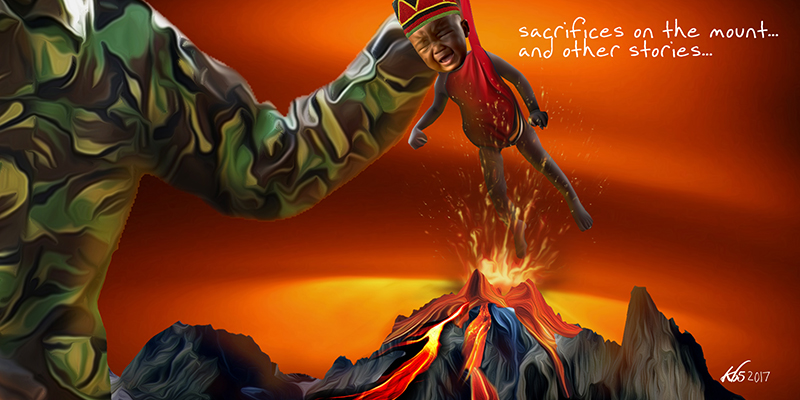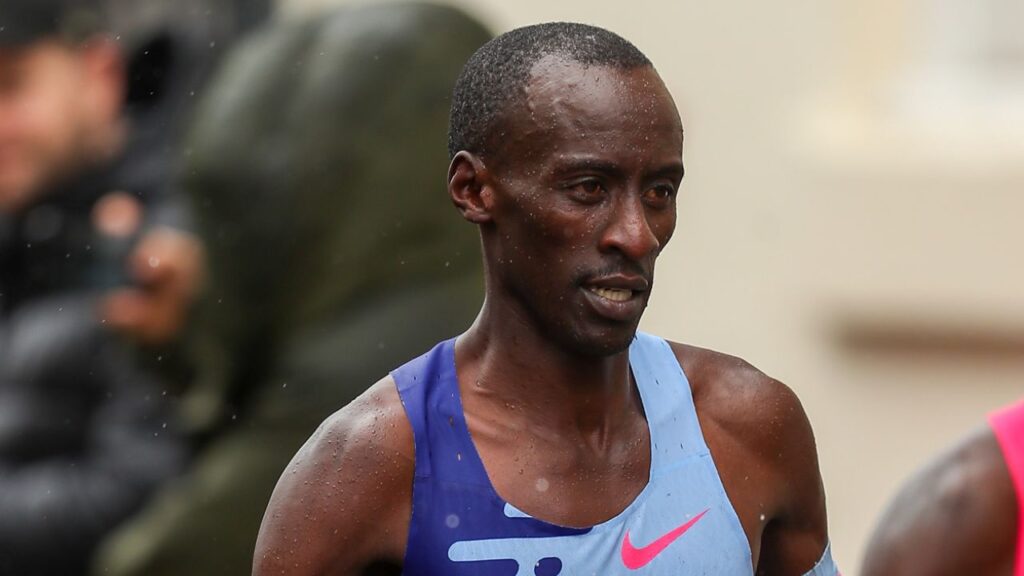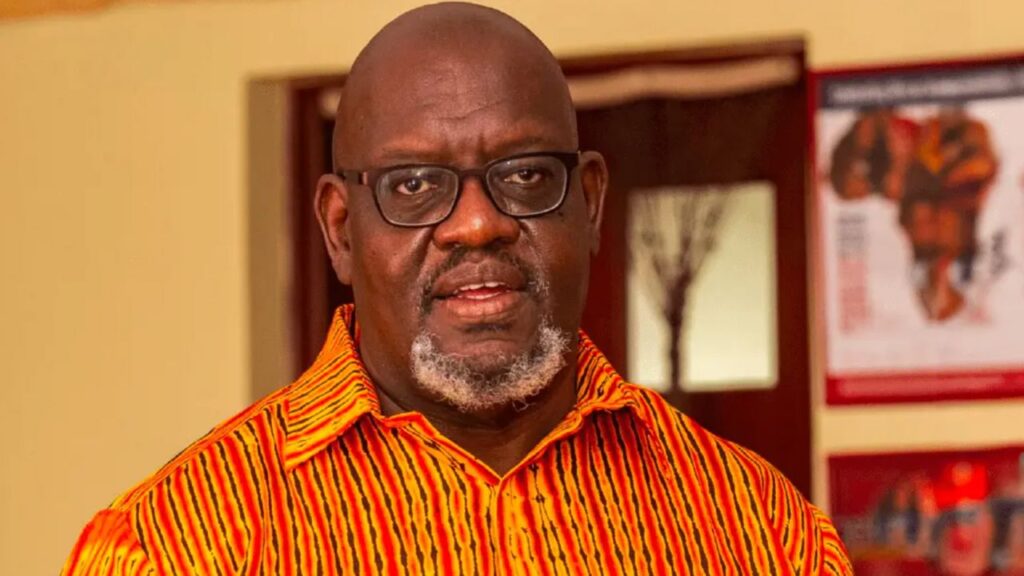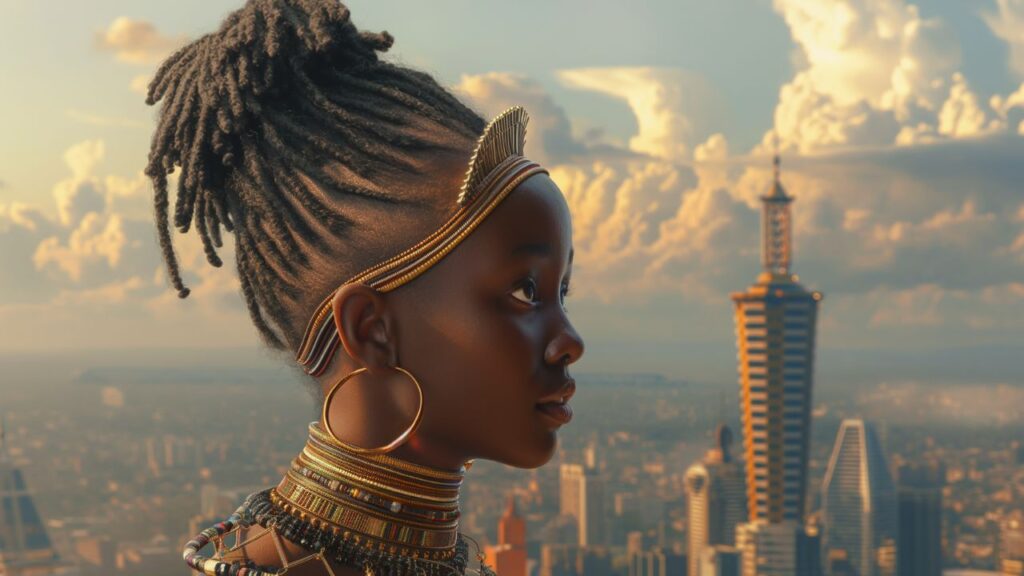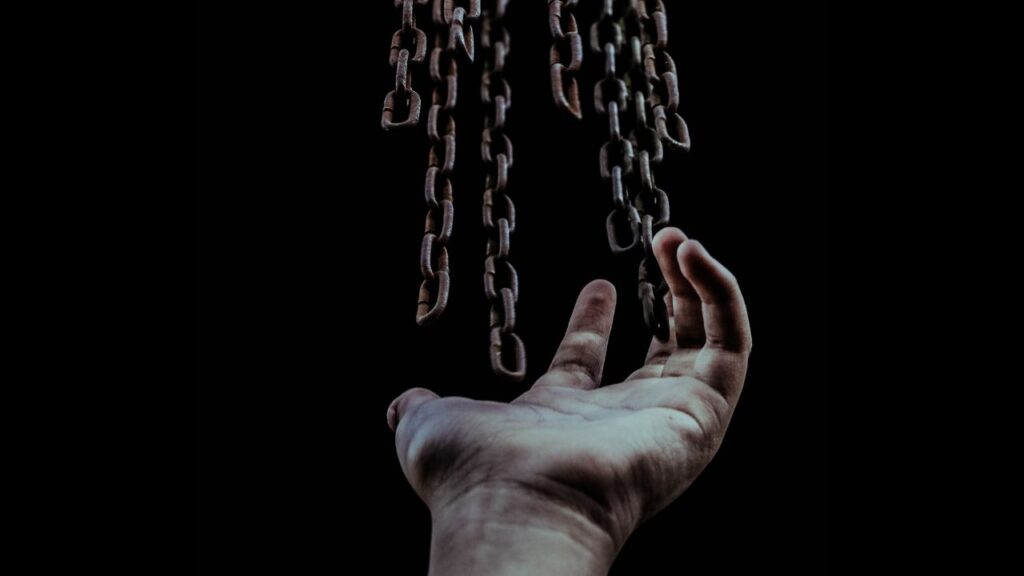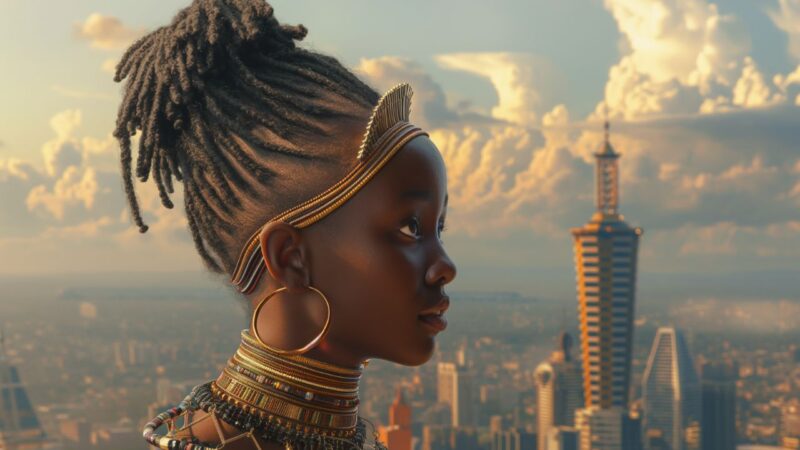Why are elections in Kenya associated with death and tragedy? At what point in our history as nation, did bloodletting become part and parcel of the Presidential and General elections?
In Kenya today, elections are synonymous with shootings, death, sorrow and destructions in some parts of the country. Kisumu and the counties of Homa Bay, Siaya and Migori, where the Luo ethnic group is dominant have become associated with police shootings and killings during and after elections. A look into the history of elections in Kenya can help us understand the triggers of these conflicts. Karl Marx said, “History repeats itself, first as tragedy and second as farce”.
From 1960 to 1963 in the years leading to independence, the battleground was a contest between the two nationalist political parties, the Kenya African National Union (KANU) and the Kenya African Democratic Union (KADU), competing for the Senate, Parliamentary or Regional assembly seats. The competing political ideologies were for a Centralist Government as espoused by KANU and Majimbo (Federalism) as propounded by KADU. There were other parties too, Paul Ngei’s African Peoples Party (APP) and Sir Michael Blundell’s New Kenya Party but the real supremacy battle was between KANU and KADU.
In 1963, KANU consisted of the Agikuyu and Luo led by Jomo Kenyatta, Jaramogi Oginga Odinga and Tom Mboya among others. KADU was led by Ronald Ngala, Daniel arap Moi, Masinde Muliro and Martin Shikuku and was composed of the Coastal peoples, the Kalenjin of the Rift Valley and parts of Western Province with the Bukusu and a smattering of other Luhya sub-tribes. The small communities fearful of domination by the two largest communities at the time –the Agikuyu and the Luo –had come together in KADU and wanted Kenya organized into a US style federal state with six autonomous regions. KADU actually got their way at Lancaster House.
The fiery William Murgor of KADU famously announced at the January 1962 Lancaster House Conference in London, ‘If Kikuyus are settled in the Rift Valley, we will blow the whistle and have them ejected. That was a signal for his people to come out with spears and defend their territory. ‘They belong to Central Province and should vacate Rift Valley as soon as possible.’ President Jomo Kenyatta had proposed to settle the former Mau Mau and landless members of the Kikuyu tribe in the Rift Valley to occupy the lands vacated by departing white settlers and Murgor bitterly contested this settlement arrangement.
While tension was high between Kikuyu and Kalenjin land interests in the period leading up to independence, the alliance between the Kikuyu and Luo leadership was strong as all the leading Luo political leaders, Jaramogi Oginga Odinga, Tom Mboya, Ramogi Achieng’ Oneko, CMG Argwings-Kodhek and Samuel Onyango Ayodo were all in KANU.
Jaramogi served as Vice-President of Kenya and KANU while Tom Mboya was Party Secretary-General and Minister for Economic Planning and Development. Ramogi Achieng’ Oneko held the Information and Broadcasting portfolio while Onyango Ayodo served as Tourism Minister and Kodhek later joined the Cabinet as Foreign Minister. This lasted until 1966 when Jaramogi resigned as Vice –President of Kenya and formed the opposition party, Kenya Peoples Union (KPU).
Parliament subsequently passed a law which forced all MPs and Senators who had defected to the new party to lose their seats. It is worth noting, that when KADU and African Peoples Party leadership voluntarily crossed to KANU in November 1964, by elections were not held.
In May 1966 what is called the ‘Little General’ elections was held to fill the seats of the KPU defectors. This occasioned the first major multi-party elections held in Kenya and Luo-Nyanza. Six of the by elections were held in Central Nyanza District (today Kisumu and Siaya).’Tom Mboya led the KANU and Government campaign addressing 12 rallies in three days’ as narrated in Cherry Gertzel’s the Politics of Independent Kenya.
Initially they were fears of attacks on Mboya and the Government delegation but no attacks happened, as the contest was limited to a war of words. KPU portrayed Mboya as ‘a younger man who was responsible for the older mans problems, through use of imagery and idioms.’ KPU won all the seats, Bondo, Ugenya, Alego, Nyando, Kisumu Rural, and Ondiek Chillo Miguda recaptured the Central Nyanza Senate seat.
In the House of Representatives, out of 28 contested seats, Kanu garnered 21 while KPU got 7 seats. There was no violence and campaigns and voting were conducted peacefully. However, the KPU candidates were subjected to considerable official harassment. They were not, on the whole, granted licenses’ for campaign rallies and their passports were impounded. The Voice of Kenya also imposed a news blackout on the KPU activities.
KANU and KPU were expected to lock horns during the 1968 local Government elections. This did not happen when the returning officers refused to accept nomination papers from all KPU candidates. As a result all KANU candidates were elected unopposed. The country was supposed to have had General elections in 1968, but with the merger of the Upper House (Senate) and Lower House (Parliament) in late 1966, the unicameral legislature voted to extend its 5 year tenure to 6 with elections now scheduled for late 1969.
Fast forward to July 5 1969 and the country’s peace and quiet was shattered when Nahashon Isaac Njenga Njoroge shot dead Tom Mboya in a Nairobi street. Kisumu and Homa Bay bore the brunt of the protests and demonstrations with police shootings and killings. Earlier, in January 1969 Foreign Minister Clement George Michael (CMG) Argwings-Kodhek died in a mysterious road accident in Nairobi.
Kodhek was one of three Luo ministers, alongside Mboya and Ayodo who had remained in KANU and Government when KPU was formed and was MP for Gem until his death. He was succeeded by Wasonga Sijeyo of KPU who overcame Rading Omolo of KANU in the May 1969 by election, despite Mboya and KANUs aggressive campaigns.
In 1969, the Country was preparing for Presidential and General elections where Kanu was to be pitted against the KPU and President Jomo Kenyatta was to face off with Jaramogi Oginga Odinga later that year. That election happened without Jaramogi and KPU after the clash at the official opening of the New Nyanza Provincial Hospital (also known as Russia Hospital) in Kisumu between Kenyatta and Odinga on October 25 and ended up with 11 people shot dead. The deaths of Kodhek and Mboya set the tone for the clash at the hospital especially in reaction to President Kenyatta’s vitriol directed at Jaramogi Odinga and his KPU party.
KPU was banned and her Members of Parliament and the entire constellation detained without trial. Only one KPU member Grace Onyango was re-admitted to KANU and won the Kisumu Town parliamentary seat becoming the first woman elected to the August House in the entire Republic. The 1969 elections set a firm precedent regarding the exclusion of former KPU politicians from the electoral process. The election was peaceful and this was replicated in 1974.
The death of Jomo Kenyatta in 1978, seemed to usher in a short period of political rapprochement and reconciliation when new President Daniel arap Moi released political detainees, sought reconciliation and visited Nyanza province. After the Russia incident in 1969, Kenyatta did not return to Nyanza. However, KANU in line with Moi’s “Fuata Nyayo” (Follow the footsteps) stance, continued the tradition of denying the ex-KPU group an opportunity to stand in the 1979 election.
Moi established a firm grip, consolidating power under a single party and ruling the country with an iron fist particularly in response to the failed coup attempt in 1982 fronted by junior Airforce officers. The failed coup gave birth to a draconian regime that brutally dealt with dissenters. In the intervening electoral periods, 1983 and 1988, Luo Nyanza remained politically marginalized and subdued up until another prominent death shook its core in 1990.
Foreign Minister and Kisumu Town Member of Parliament, Dr Robert Ouko’s macabre murder in February 1990 set off a wave of protests, demonstrations and confrontation between police and locals in Nairobi and Kisumu and to some extent other parts of Migori and Homa Bay.
When Ouko’s remains arrived in Kisumu Stadium for last rites, the security situation deteriorated and he had to be airlifted to Nyahera, the hills above Kisumu to his parents’ home. This was after a deadly confrontation between Police, the GSU and protesters. Robert Ouko’s death and the aftermath left more than 200 people dead according to the Weekly Review.
Ouko’s murder broke any pretense at good relations between Government and the Luo community. ’If a Government Minister who has round the clock security can be kidnapped and murdered and the culprits have never been apprehended then what options do we have? ‘Queried a resident of Kisumu at the Commission of Inquiry constituted to look at Ouko’s death between October 1990 and November 1991. The Inquiry that sat at the Kisumu Municipal Council played a merry havoc with public confidence- in terms of corruption and alleged kick-backs by Ministers.
An array of issues that included the removal of the security of tenure of Judges of the High Court, the queue voting system introduced ahead of the 1988 General elections, the human rights violations in the Nyayo torture chambers and the politically instigated ethnic clashes in 1991 and 1992 led to the exodus of the Luo community from KANU to Oginga Odinga’s newly formed political party Ford in late 1991. William Murgor’s people had finally blown the whistle and they targeted opposition supporters particularly the Luo and Kikuyu. From 1992 with political pluralism back in the statutes, the opposition became vocal but Moi did not tolerate dissent. Police dealt with protests and demonstrations ruthlessly as Luo Nyanza found itself back in the line of fire.
In March 1992, police chased down multi-party demonstrators into Kisumu Boys High School and shot them down despite the fact that the school was in session. A former student who was at the institution, collecting his O-level results was one of the casualties. The State instigated ethnic cleansing continued unabated in the Rift Valley and at the borders of Nyanza and Nandi as well as the Kericho-Sondu areas. At the General election on 29 December Luo-Nyanza voted to a man and woman for Ford-Kenya and Oginga Odinga in the first multi party elections since 1966. Ford Kenya came in fourth after, Mwai Kibaki’s DP, Kenneth Matiba’s Ford Asili and Moi’s KANU that won amidst widespread claims of ballot stuffing and irregularities.
There was some respite during the cooperation between KANU and Ford-Kenya and Moi and Oginga Odinga for some time in 1993 and this lasted until Jaramogi’s death in January 1994. Tension increased again as political leaders started agitating for reforms ahead of the 1997 General elections. Government outlawed the rallies and met them with brute force, not only in Kisumu but also in the Nairobi.
With elections approaching, ethnic cleansing resumed in the Rift Valley. Kisumu was again targeted with KANU thugs given state protection. This time Alego-Usonga Constituency was the Government target in the contest between Peter Oloo Aringo of the National Development Party and the KANU candidate, Edwin Yinda. The number of those who died in that clash have never been known.
2002 was a calm year as the opposition sought to succeed Moi who was scheduled to retire after the term limits was introduced in the Constitution in 1992. The Kikuyu and the Luo joined forces to defeat KANU but the marriage did not last. Cracks emerged in the NARC Government of President Kibaki in 2003 because of the controversial Memorandum of Understanding, which promised Raila Odinga of LDP the Prime-Ministers position.
Those cracks finally came to the fore at the Constitutional referendum in November 2005. Roads Minister Raila Odinga and Cabinet colleagues Prof Anyang’ Nyong’o, Ochillo Ayacko, Najib Balala, William Ole Ntimama, Kalonzo Musyoka and Assistant Ministers, Peter Odoyo and Orwa Ojode among others led the NO team symbolized by the Orange while President Kibaki led the YES team represented by the Banana.
The November 2005 constitutional referendum between the Orange and Banana teams left death and destruction in Kisumu. One of those killed was a 13-year-old pupil at Josana Academy, shot dead by police as he came from School. The Kisumu Polytechnic gate was brought down by a GSU Landover acting as a battering ram. Students were beaten black and blue before being arrested and arraigned in Court.
Eventually all the charges were dropped because unknown to the State one student had recorded the entire episode on video. The 2007 General elections and its aftermath was the worst in living memory. During peaceful demonstrations, following the disputed result, a police officer gunned down a citizen taunting and making faces at the police, in the full glare of television cameras.
Despite the fact that this killing was recorded, the policeman was acquitted. Starting on 30 December 2007 up until the peace-accord in February 2008, police shot and killed citizens who protested the outcome of the election. Victor Odhiambo who played rugby for Kisumu RFC was one of those gunned down in Nyalenda area.
During the 2010 Constitutional referendum, Kisumu had a chance to catch its breath as President Kibaki and Prime-Minister Raila Odinga were on the same side. The peace only lasted until March 2013 with the face-off between Raila Odinga and Uhuru Kenyatta. Following the announcement of the results, those protesting clashed with the police, again resulting in shootings and death.
In the year 2015, during peaceful demonstrations against the Independent Electoral and Boundaries Commission, police again shot dead citizens in Siaya, Migori, Homa Bay and Kisumu.
History does repeat itself and 2017 has lived up to the painful consequence of death for protestors in Kisumu and other parts of Nyanza. Since the first election held on August 8, it is actually not possible to put a finger on the number of those killed and maimed. A 6-month-old Baby Samantha Pendo’s skull was crushed by a policeman’s boot following the protests against claims of a rigged election. A few weeks later, 2-year-old Chantal Amondi was a victim of a police bullet. She was shot on the shoulder, while playing with her neighbours.
On 26th October during the repeat elections, 26 people suffered gunshot wounds and three died, according to a record of those admitted to the New Nyanza Provincial Hospital (aka) Jaramogi Oginga Odinga Teaching and Referral Hospital. Figures released by the Kenya National Human Rights Body, IMLU and police gave conflicting numbers. Other casualties were admitted to sub-county hospitals and private institutions.
Given this history of state brutality, the trends of ethnic profiling remain self-evident. Policing in areas populated by communities aligned to the ruling regime is restrained and moderated. In recent times, a look at how the police have dealt with demonstrations in Gusii, Kitale, Bungoma, Vihiga, Mombasa and even Nairobi contrast sharply with the sort of excesses that have been normalized in Luo-Nyanza. Rarely will you find citizens shot and killed over an election contest.
The only thing new elections have taught us in Kenya, is that we have learned nothing from the old. Why are elections in Kenya associated with death and tragedy? The simple answer is the lack of electoral integrity and credibility that is an essential ingredient in reconciling political conflicts peacefully. Until, Kenya holds free and fair elections that adhere to the rule of law, Kenyans who rise up against injustice will continue to bleed. As the black American singer and actor turned Civil Rights activist Paul Robeson said, “The answer to injustice is not to silence the critic but to end injustice”.

